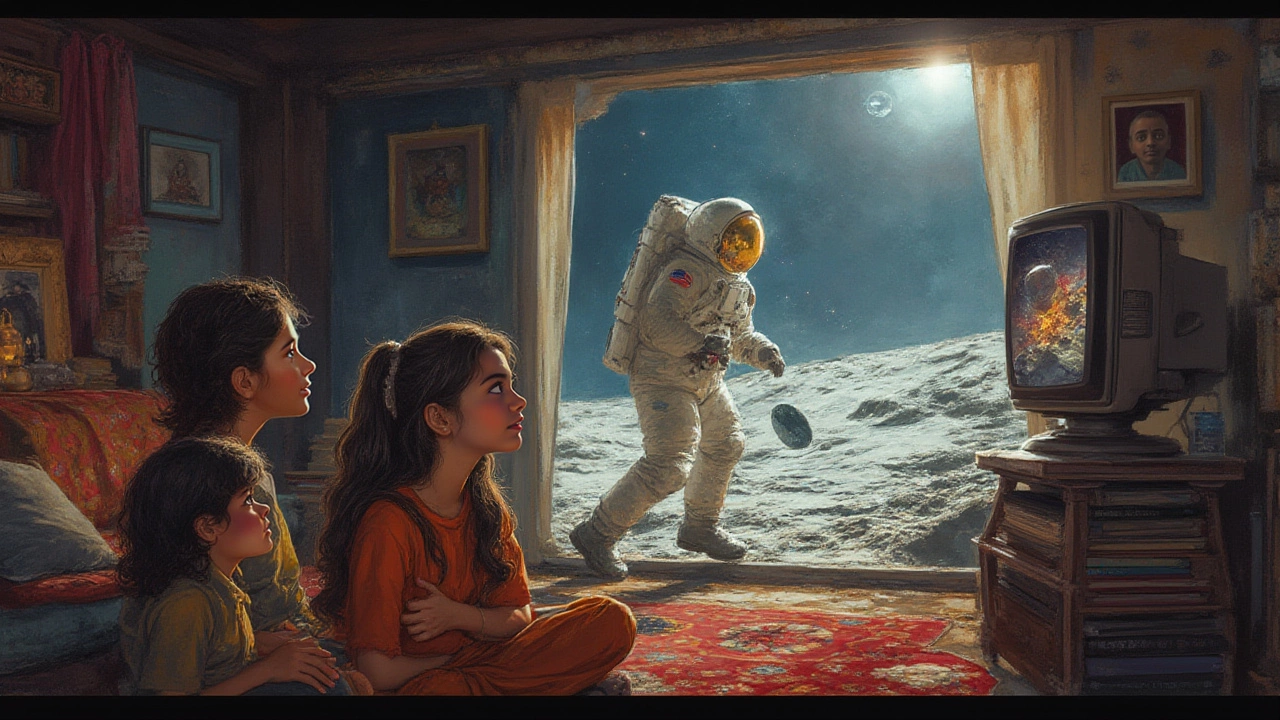Moonwalk: What It Really Means in Science, Space, and Technology
When we say moonwalk, the act of walking on the lunar surface during space missions. Also known as lunar EVA, it's not just a step—it's the result of decades of engineering, physics, and human endurance. The first moonwalk in 1969 wasn’t just about planting a flag. It was the moment humans proved they could survive, move, and work in an environment with one-sixth gravity, no atmosphere, and extreme temperatures. That single step changed how we design spacesuits, build rovers, and even train astronauts today.
India’s space program, ISRO, is now preparing for its own lunar surface missions. While we haven’t sent humans to the moon yet, our robotic landers and rovers are testing the same challenges astronauts faced: dust control, thermal management, and mobility in low gravity. The NASA, the U.S. space agency that led the Apollo missions and continues to shape modern space exploration didn’t just invent the moonwalk—they built the entire ecosystem around it: communication systems, life support, and even the way astronauts train in underwater pools to simulate weightlessness. Today, those same principles guide India’s Gaganyaan and Chandrayaan missions. The astronaut training, the rigorous preparation that prepares humans to function in space environments we see today—balance drills, suit simulations, emergency protocols—was all born from the need to make a moonwalk possible.
It’s easy to think of the moonwalk as a one-time event, but it’s actually a recurring test of technology and human capability. Every time a rover moves across the moon’s surface, it’s doing its own version of a moonwalk. Every time a scientist in Bengaluru designs a new lunar soil simulator, they’re answering the same questions NASA asked in the 1960s. And every time a student in Kerala watches a video of Neil Armstrong’s first step, they’re not just seeing history—they’re seeing a blueprint for what’s next.
What you’ll find in the posts below aren’t just stories about the moon. They’re about the people, systems, and technologies that make space exploration possible—from how researchers get paid to study lunar soil, to how AI helps predict dust storms on the moon, to why the cleanest energy sources matter when you’re building a base 384,000 kilometers away. This isn’t about nostalgia. It’s about what the moonwalk taught us—and how we’re using those lessons to reach farther than ever before.




